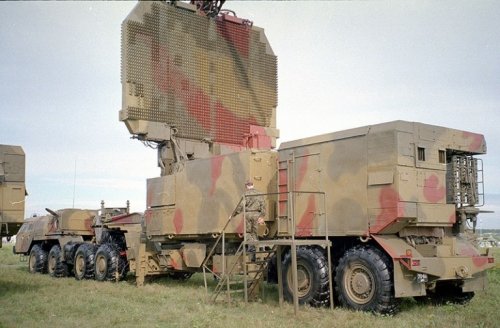- Joined
- 24 January 2006
- Messages
- 1,321
- Reaction score
- 466
sferrin said:They're going to fire F-35s out of MK41 VLS?
Don't give them any ideas :-X
TaiidanTomcat said:So we have LO saying air defenses are nothing to worry about and F-22s have little utility and you saying Air defenses will dominate, but not an F-22 or B-2 with which is jsut above 200 aircraft total-- I didn't know we could destroy the super powers with around 200 aircraft and cruise missiles. Boy did I have it wrong!! Did I mention the SAMs can kill all stealth aircraft but not TLAMs? That makes total sense.
I said that a legacy IADS like you can find in Iran or the DPRK can be handled with either extant F-22s, TLAMs, or a combination of both. TLAMs aren't SAM-proof either, Iraq got some in 1991. As for destroying Russia or China, the point is that the F-35 isn't necessarily going to give you an edge because it's LO, and neither will the F-22. The F-22 represents the more survivable aircraft of the two to a degree thanks to its added speed/altitude advantage, but the B-2 represents the only really survivable platform right now in a truly modern IADS.
So, if you're (not you personally, but a US administration) going to keep bombing the smaller, dumber states, then the F-35 is overkill. Or, if you want to hit Russia or China, then you're either 1) ignorant of the economic and political realities preventing such an action in any realistic scenario (the US has the ignorance part down, hence the overzealous painting of China as this massive military apocalypse waiting to happen...gotta justify spending in the post-USSR world), or 2) ignoring the fact that the weapons those two conflicts would end up being fought with come from silos and not airfields anyway, unless you manage to pull off some sort of massively regionalized confrontation...which would likely be workable with the F-22/B-2/TLAM combo in the first place, using the B-2 to knock out IADS sensors before the F-22s and TLAMs saturate everything else.
TaiidanTomcat said:We have really been overspending.
That's beside the point.

